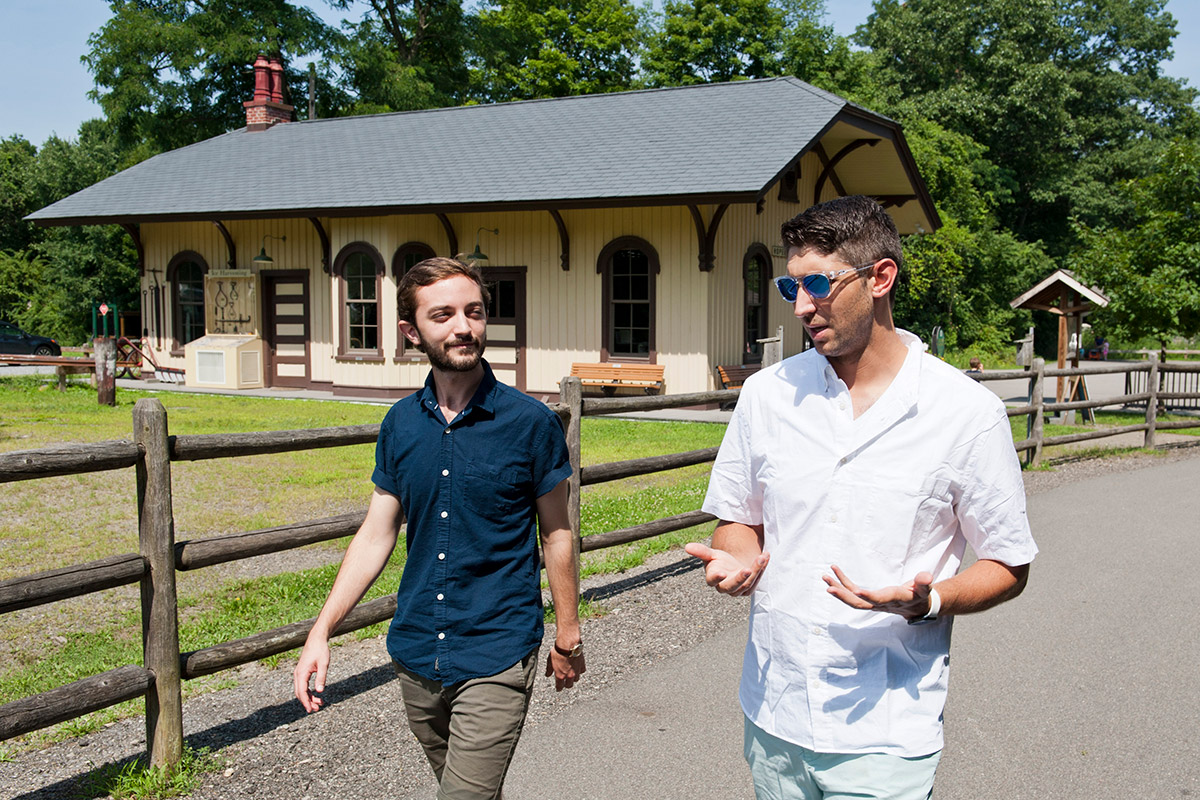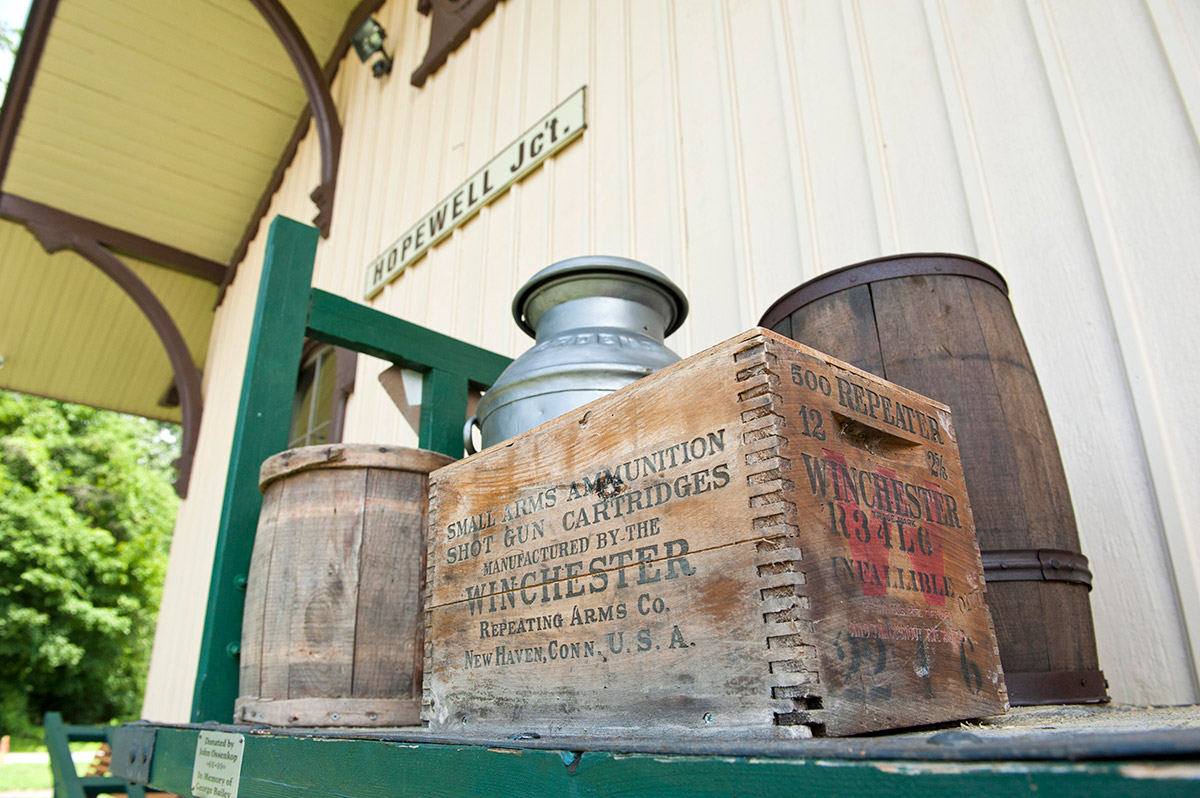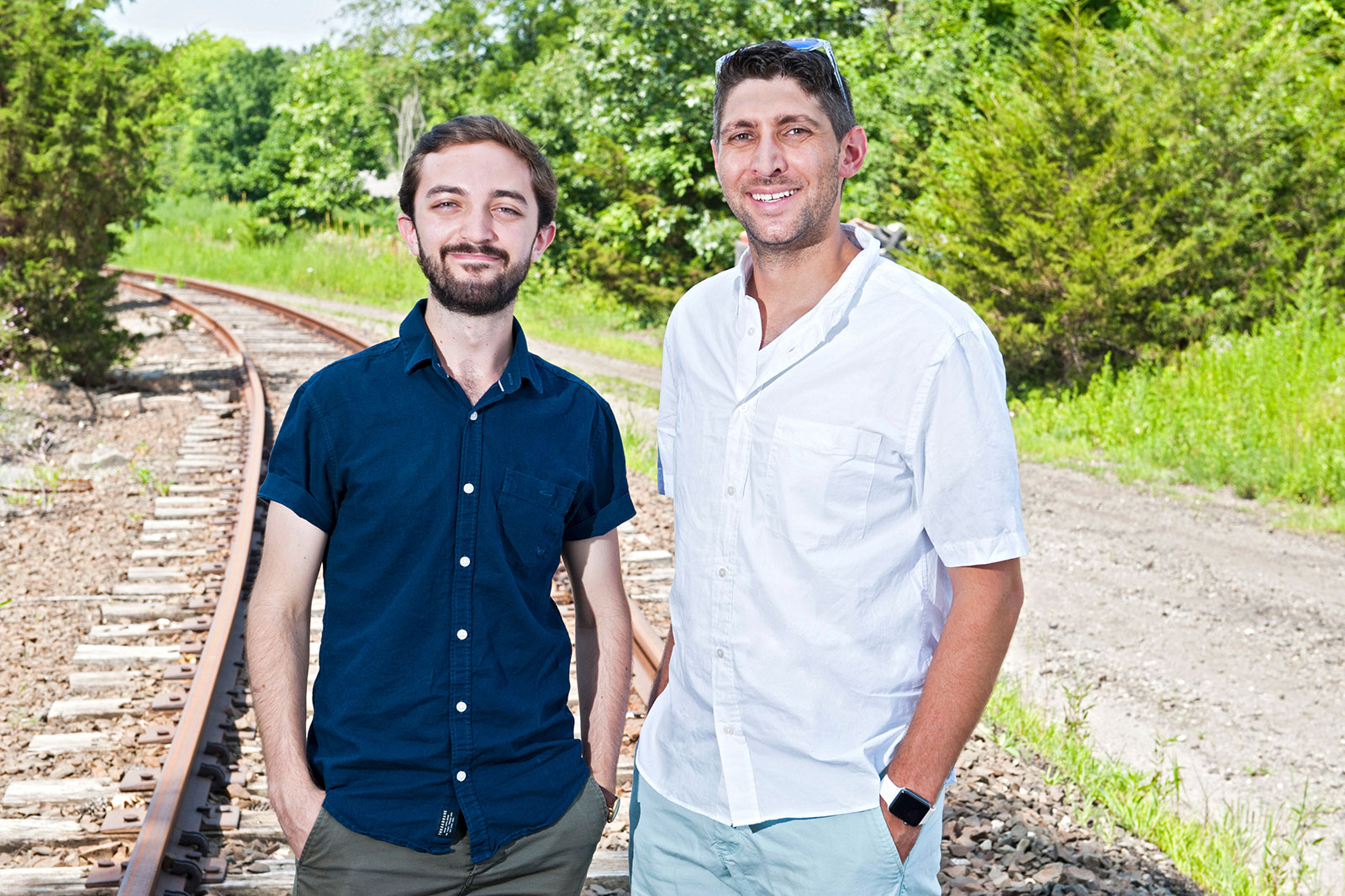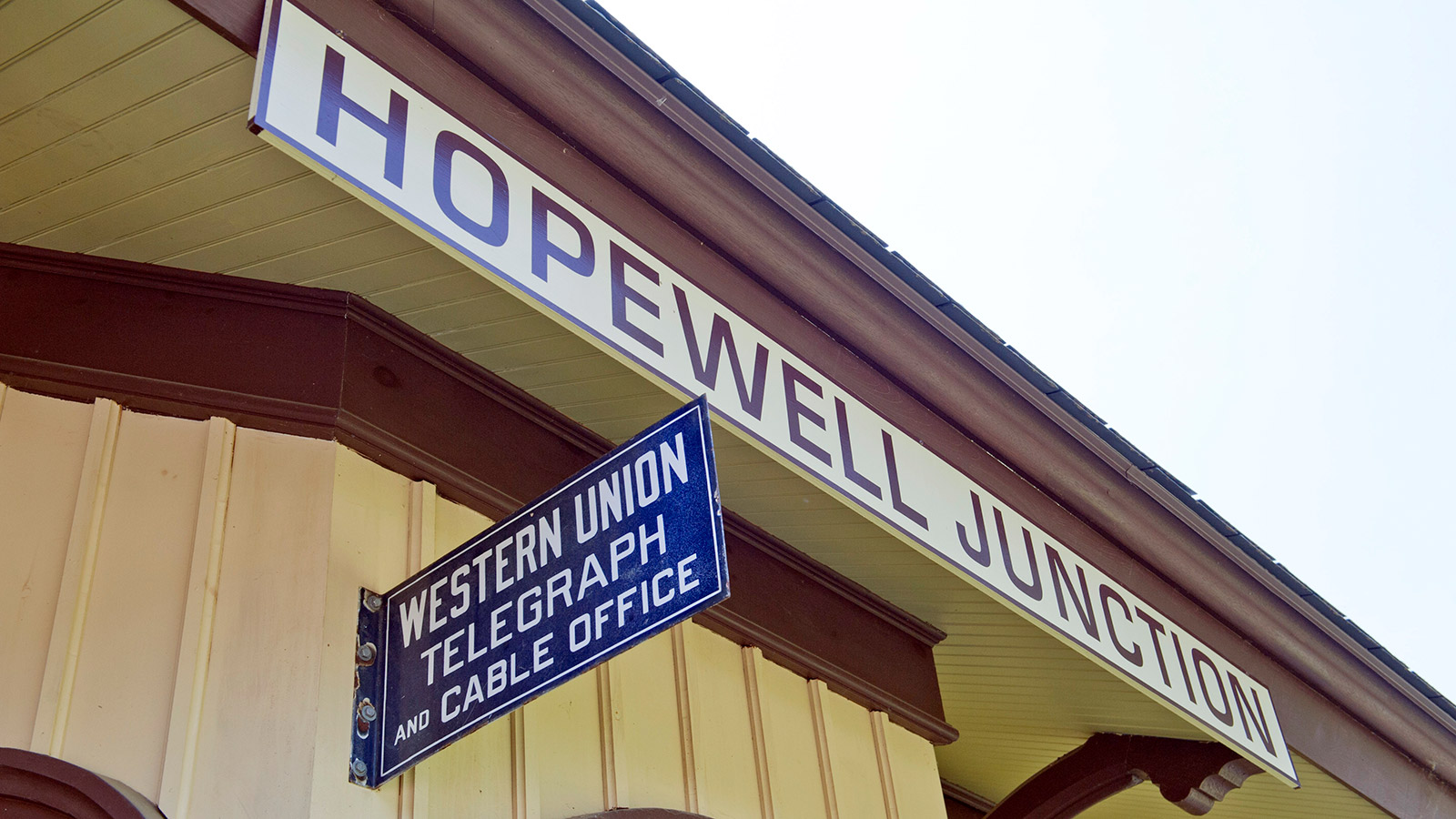The railroad boom in the 19th and early 20th century America profoundly transformed the landscape. By 1916, more than 250,000 miles of track were carrying freight and passengers across the country. Over the past 100 years, however, railroads have steadily declined. By the 1920s, trucks were beginning to compete with trains as a means of moving farm products and other freight. The Great Depression forced many rail customers out of business, and the explosion of highway construction after World War II hastened the decline of rail traffic. By the end of the 20th century, more than 100,000 miles of track had been abandoned.

What happened to communities where the railroads disappeared? Vassar Ford Scholar Jacob Sowder ’19 is spending the summer gathering answers to that question. Working with Assistant Prof. of Economics Dustin Frye, Sowder, an economics major from Waco, TX, is using Geographic Information System (GIS) software to build a digital map of the nation’s declining railroad network, and he’s using government population and economic data to gauge the effect of rail abandonments on American towns and villages.
Sowder and Frye expect to publish the results of their study in academic journals next year. “There’s a lot of literature devoted to understanding the benefits of expanding transportation infrastructure,” Frye notes, “but very little is known about the potential effects of removing infrastructure.”

Sowder and Frye didn’t have to go far to find abandoned tracks. A 25-mile pedestrian and bicycle path that runs through Poughkeepsie was once a major rail line. Built in the 1890s, the tracks served freight and passenger trains well into the 20th century. Parts of it were curtailed in the 1960s, Sowder says, and the line was abandoned completely after a fire in 1974 destroyed a railroad bridge that crossed the Hudson River in Poughkeepsie.
Frye says the Poughkeepsie Rail Trail that has supplanted the rail lines exemplifies how communities have turned the abandoned lines into an asset. But he notes that much of the land adjacent to the abandoned tracks remains under-utilized.

Sowder is using federal census data to track population shifts in towns where rail lines were abandoned, and he’s paying particular attention to the impact of track abandonments on farming communities. Using federal agricultural data, he can track the rise or fall in prices and production of various commodities as railroads discontinued many of their routes.
Frye says preliminary findings indicate that the most significant impact on communities came in the 1980s when government regulations on railroads were relaxed during the Ronald Reagan Administration. “After deregulation, railroads were allowed to abandon some unprofitable lines even if the company was still profitable,” he explains.

Sowder says his daily routine as a Ford Scholar is markedly different from the work he does during the Vassar school year. “In an economics class, you spend maybe three hours a week looking at data. This summer, I’m doing this analysis four or five hours a day working one on one with a professor,” he says. “And the questions that are raised in class all have answers. With this project we have a lot of questions, but the answers don’t immediately present themselves.”
Frye says Sowder is making a significant contribution to the investigation of the impact of abandoned rail lines on American communities. “Jacob has become proficient in many different areas, exceeding my own skills in many cases,” he says. “He’s come up with methods of doing this analysis that I never thought of before.”

